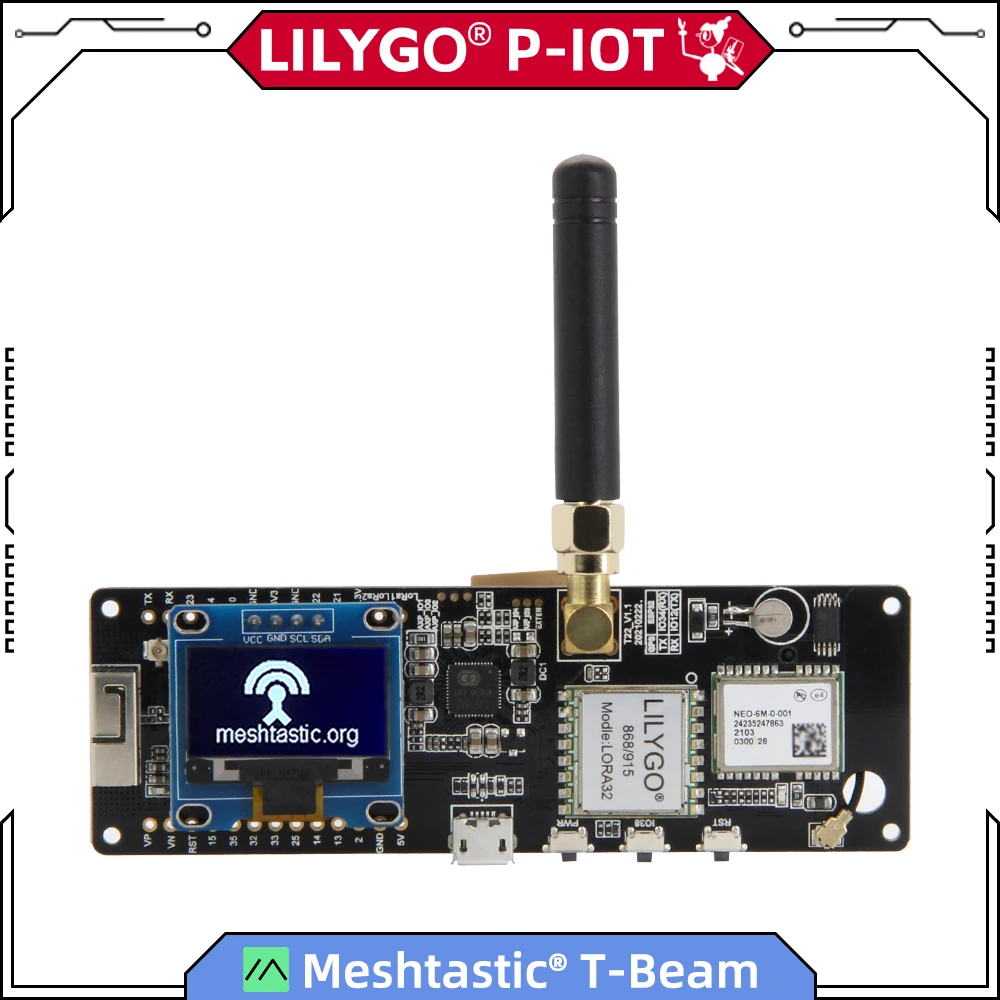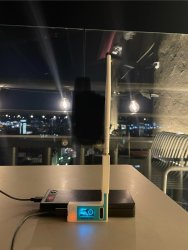1) Small message size: 12 bytes at most
Sigfox messages can carry a payload (your own data) of
12 bytes. That's maximum, but the payload is flexible: you can send any data size between 1 and 12 bytes. You can even send a payload of 0 bytes, in case you just need a ping message.
This makes Sigfox perfectly suited for the vast majority of IoT use cases, allowing devices to send relevant data to the Sigfox Cloud.
However, this also means that some projects are not currently meant to use the Sigfox technology, because they require high bandwidth and constant connection to the network. Sigfox technology is optimized for lightweight use cases.
2) Regulated message frequency: 140 messages per day at most
As the current version of Sigfox uses public radio frequencies (aka
ISM bands), we comply with the sharing rules ("duty cycle") of the different regions of the world. These regulations exist to keep these bands available for everybody.
For instance, in Europe, the
ETSIregulation allows devices on these frequencies to send messages for
1% of the time per hour (which means 36 seconds). To be compliant with the regulations in place, Sigfox devices can only send a defined number of messages per day. Our commercial contracts are designed to address this.
The number of messages per day allowed on the Sigfox network is a direct application of the European ETSI regulation:
- There are 3,600 seconds in one hour.
- 1% of 3,600 is 36 seconds, so a device can emit for 36 seconds per hour.
- A Sigfox message takes 6 seconds to send for RC1 devices. Learn more about Sigfox RCs.
- Therefore, a device can send a maximum of 6 messages per hour (36/6), which means a total of 144 messages per day (24 * 6). Sigfox keeps 4 messages for protocol use, which therefore allows for 140 messages per day for your device.
NB: This calculation is just an example of what is done in the EMEA region (Europe, the Middle East, and Africa). Depending on your device's location, limitations can be very different.


















